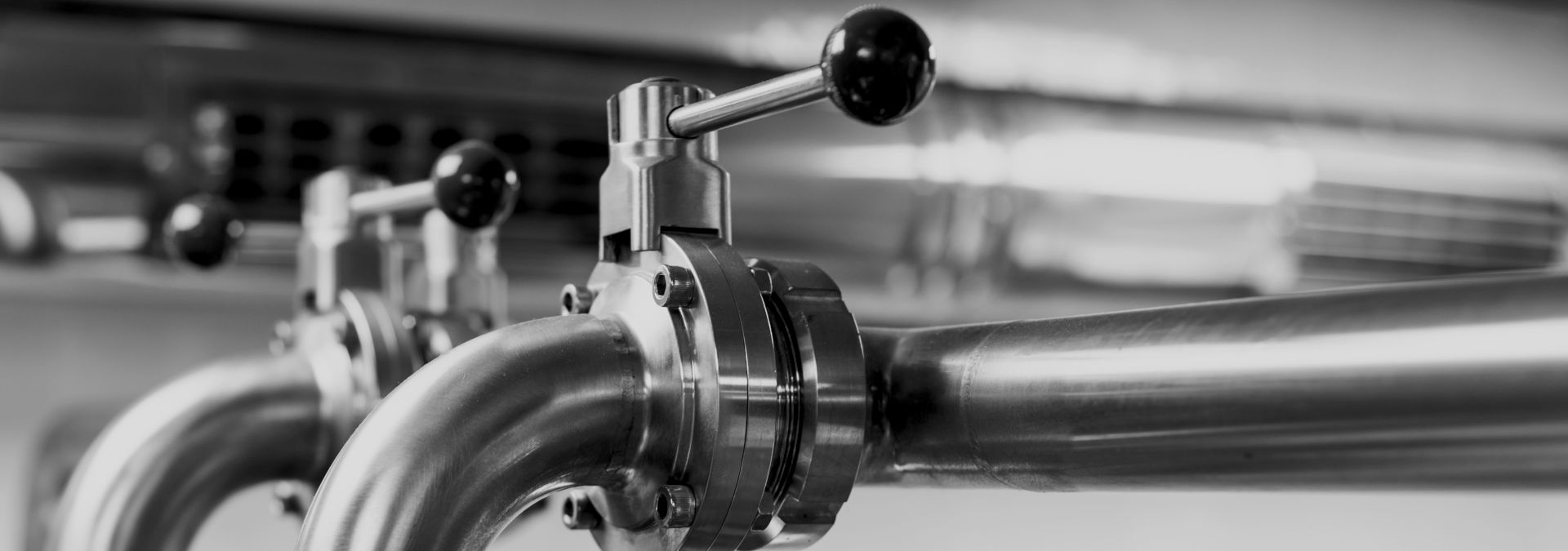Introduction
In 2023, the global valves market size was valued at approximately USD 14.2 Billion and is expected to reach USD 14.8 Billion in 2024. With a CAGR of 4.7% between 2024 and 2033, it will reach around USD 22.5 Billion by 2033, with stainless steel set to account for the largest share by material (from 2022 to 2027), according to reports by MarketsandMarkets Research. Within that global demand, the oil and gas industry will be the dominant sector, although applications across municipal, power/desalination, industrial, food processing, and marine environments will also see significant demand due to the material properties that stainless steel valves offer.
Stainless steel is an iron alloy mixed with chromium and nickel. The presence of chromium gives stainless steel an oxidized corrosion-resistant surface that makes stainless steel valves the preferred material to use in high-pressure and temperature applications, wherever corrosive chemicals are involved, and in harsh working environments such as in deserts and offshore.
Advantages
Corrosion Resistance
Corrosion is one of the main issues that can affect the valve body material. Stainless steel is renowned for its exceptional resistance to corrosion. Corrosive properties from handling harsh chemicals or from operating in challenging environments can be further aggravated when subjected to high temperature and pressure differences, leading to cavitation erosion. However, compared to other materials, stainless steel is the one valve material that is more wear-resistant and better suited to withstand this stress.
Temperature Resistance
Corrosive environments often involve extreme temperatures. Stainless steel ball valves exhibit remarkable resistance to both high and low temperatures, ensuring consistent performance regardless of the thermal challenges.
Versatility in Applications
Stainless steel valves are versatile and adaptable to suit a wide range of applications within corrosive environments. Therefore, they are relied on extensively across a wide range of applications in stressful environments such as chemical processing plants, wastewater treatment facilities, and marine applications.
Hygienic Properties
In industries where maintaining a hygienic environment is crucial, such as pharmaceuticals and food processing, stainless steel is generally the preferred material for valves: not only for its corrosion-resistant properties but also for its ease of cleaning and sterilization. This makes stainless steel ball valves an ideal choice for applications where cleanliness and contamination prevention are of paramount importance.
Conclusion
The benefits of stainless-steel valves are increasing its adoption in various industrial applications including wastewater treatment, power generation, petroleum refining, and chemical processing. While the initial investment in stainless steel ball valves may be higher than valves made from other materials, the long-term cost-effectiveness due to extended lifespan contributes to a lower total cost of ownership over the service life of valves. The durability of stainless steel directly translates not only into an extended lifespan for the valves but also reduces maintenance frequency and minimizes downtime, thereby leading to improved operational efficiency. Industries dealing with corrosive substances can benefit significantly from the prolonged service intervals offered by stainless steel ball valves, allowing operators to focus on other critical aspects of their systems, confident that the valves will continue to function reliably without the need for frequent inspection, maintenance, repair, or replacement.
At Gerab National Enterprises, and as a leading distributor of stainless steel valves in the United Arab Emirates, our regional experience has shown us that our clients are recognizing the long-term benefits of using stainless steel valves, and are extending their use across applications and service industries. With aging oil and gas installations, vibrant municipal demand in support of economic growth, and expansion of industries across new and more sophisticated sectors, the local and regional demand for high-quality stainless steel valves is expected to continue rising along with, if not exceeding, international demand growth.


